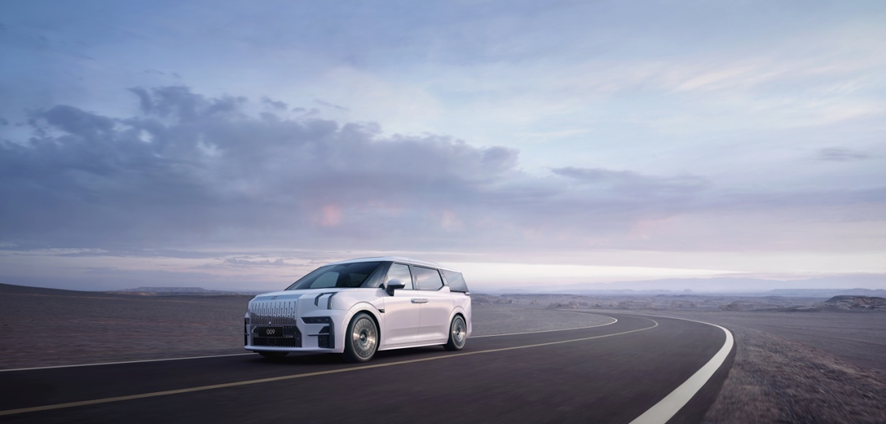Author: Zheng Senhong
“The best MPV so far, and also the best six-seater luxury car.“
On November 1st, after a four-month-long hype, the Jidu Auto 009 was officially launched and will start delivery in January 2023.
The Jidu Auto 009 has two versions, with the only difference being the battery capacity:
- The WE version is priced at 4.99 million yuan, with a battery capacity of 116kWh and a range of 702 kilometers (CLTC composite condition);
- The ME version is priced at 5.88 million yuan, with a battery capacity of 140kWh and a range of 822 kilometers (CLTC composite condition).
In addition, Jidu Auto once again prepared exclusive red envelopes worth over 200 million yuan for the Jidu Auto 001 owners:
All already/undelivered Jidu Auto 001 owners, as well as the 001 pre-order owners before 24:00 on November 1, 2022, will receive a Jidu Auto 009 exclusive red envelope worth 2,000 yuan.
During the one-hour-long launch event, Jidu Auto CEO An Conghui raised the “ultimate paradox” of traditional MPVs and posed a “soul-searching” question. He repeatedly used terms such as “world’s first,” “ever,” and “redefining” to describe the Jidu Auto 009, almost elevating MPV performance, design, and intelligence to the ceiling.
In terms of product strength, the Jidu Auto 009 has indeed achieved an industry-leading position, including the use of the first domestic pure electric MPV architecture, and the world’s largest integrated die-cast aluminum body.
However, in the niche market of MPVs, can Jidu Auto 009 succeed?
New Energy MPV Can Be a Hexagonal Fighter Too
Compared to cars and SUVs, MPVs have always been a niche segment, and have long been monopolized by foreign brands such as Toyota, Honda, and Buick.Can players who enter this market only hold a mentality of picking up the leftovers? Or is there greater room for development in the MPV market, even an excellent opportunity window?
I tend to believe in the latter.
Firstly, there are few pure electric MPVs on the market currently, and most models are based on hybrid platforms. There is not yet a truly pure electric architecture for electric MPVs.
Secondly, the lack of “intelligence” in current MPV products can bring about a brand-new user experience that new car-making forces are able to provide.
In other words, as long as these two opportunities can be seized, the current MPV market pattern is highly likely to be rewritten.
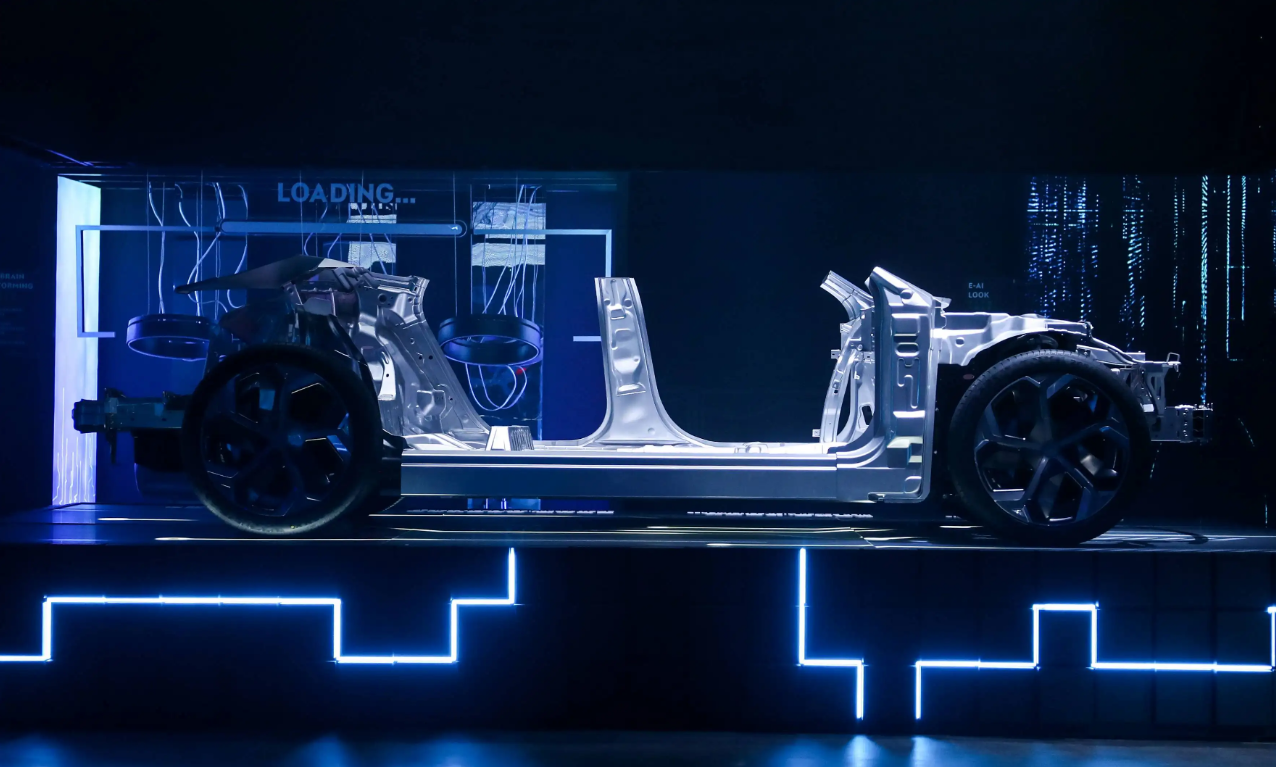
The Zeekr 009 is developed based on the existing SEA vast architecture system of the Geely Group. This is a pure electric platform that Geely spent four years and invested 18 billion yuan in research and development, and it is also the Geely Group’s ace in the hole for the foray into the new energy field.
The Geely vast architecture can be divided into five main platforms: SEA-1, SEA-2, SEA-E, SEA-S, SEA-C, which cover all sizes of A-E class vehicles and is the smartest pure electric architecture with the biggest bandwidth in the world.
Among them, SEA-1 covers medium-sized to large-sized cars, and the Zeekr 001 and 009 are derived from this platform.
In addition to its strong capacity for accommodating people, the most prominent feature of the vast architecture is its globally most efficient solution for intelligent electric vehicles.
Compared to the traditional embedded software development cycle of 36-44 months, which cannot meet the needs of rapid updates and iterations, the vast architecture can provide end-to-end solutions, shortening automotive software development time by at least by 50%. It can quickly respond to user needs. For example, the Zeekr 001 accomplished two major OTA updates of ZEEKR OS 1.0 and 2.0 in one month.The magnificent architecture of Haokr has three layers: the traditional hardware layer, the system layer of Haokr OS, and the ecological layer that carries the business model. It not only considers the software’s upgradability but also hardware’s replaceability, as the seamless replacement of Qualcomm 8155 chipset by Geak 001 exemplifies.
Based on the advantages of SEA Haokr architecture, Geak 009 highlights its strengths in security, space, performance, and intelligence.
Undoubtedly, when “pure electric” meets “MPV,” endurance and performance become the primary focus.

Geak 009 considered the existence of this shortcoming at the beginning of product development, adopting the optimal aerodynamic design to improve stability at high speeds, in crosswinds, and in braking. Its low drag coefficient of 0.27 is as good as mainstream sports cars and SUVs such as Porsche Panamera GTS (0.30) and Porsche Cayenne (0.34).
As the first mass-produced model equipped with the NCM battery of CATL, Anhui, Geak 009 achieves a maximum range of over 800 km (CLTC comprehensive working conditions) – the longest pure electric MPV in China.
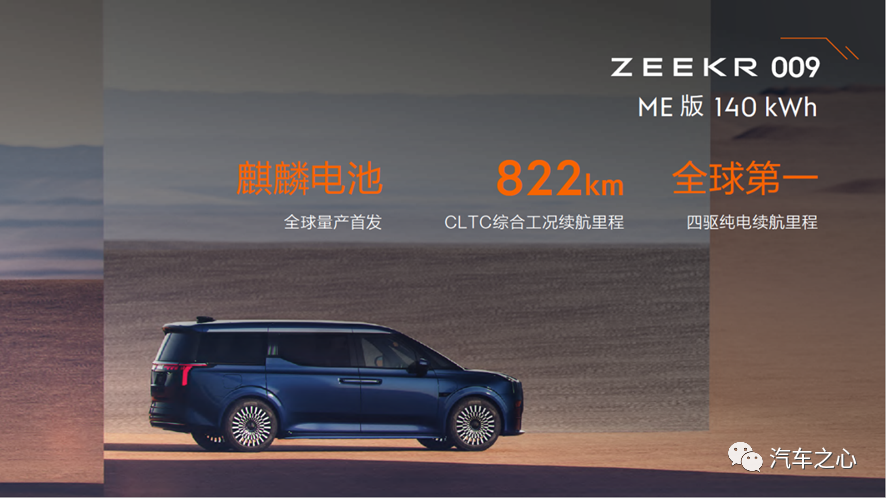
Public information shows that the utilization rate of the battery volume has been increased over 72% using the CTP technology of CATL, making the energy density of ternary system up to 255Wh/kg, and the energy density of LFP battery system up to 160Wh/kg.This translates to a 13% increase in power capacity of the Kirin battery pack compared to the 4680 system within the same chemical system and battery pack size.
In terms of performance, based on the vast architecture centered around the battery, with the advantages of an exclusive high-performance pure electric chassis and low center of gravity, the Zeekr 009 becomes the fastest model among pure electric MPVs.
According to An Conghui, MPVs have always been overtaken by others on highways, always seeing the taillights of others. This situation will change starting with the Zeekr 009.
The Zeekr 009 continues the power distribution form of the Zeekr 001, with a 200 kW front motor and a 200 kW rear motor. When the total power of 400 kW and dual motors appear on a pure electric MPV, it brings a record of 0-100 km/h acceleration in 4.5 seconds, which currently has no competitors in the MPV field.
Even though there are many pure electric vehicle models on the market that can run under 4 seconds, few are able to combine power and handling, which is also due to the fact that the Zeekr 009 is a native pure electric MPV.
In terms of chassis configuration, the Zeekr 009 has front double-wishbone and rear multi-link, air springs, and CCD electromagnetic dampers. Apart from the Voyah Dreamer, there is no other MPV on the market that can provide a similar level of configuration.
After solving the anxiety about pure electric driving range, what is the core advantage of the Zeekr 009?
According to An Conghui, the vehicle body torsional stiffness of the Zeekr 009 reaches 36450N・m/deg, which is more than three times that of traditional MPVs and also the “stiffest MPV ever.”
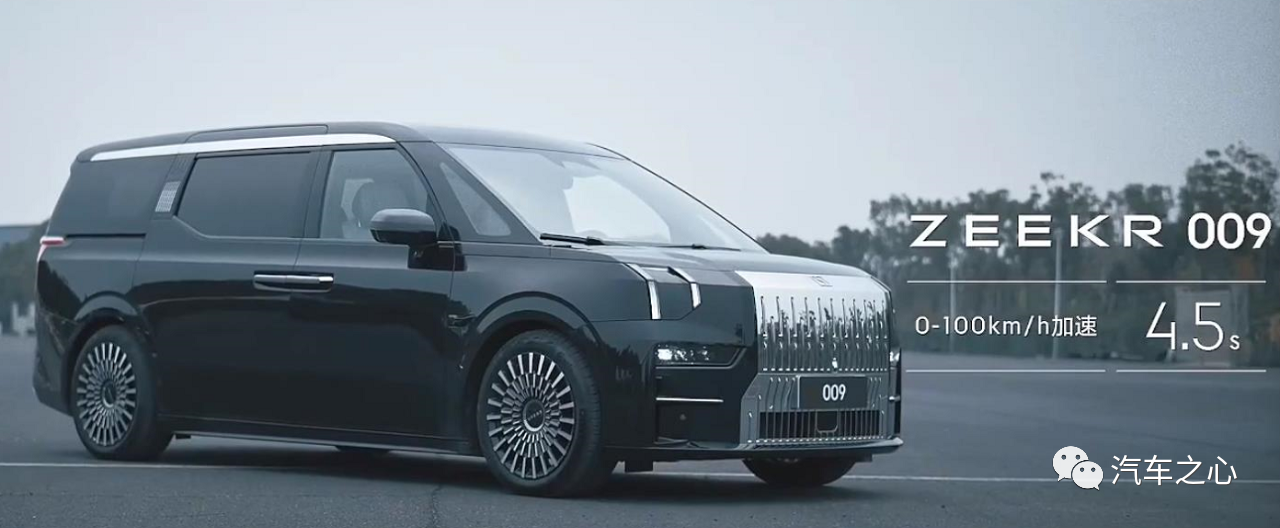
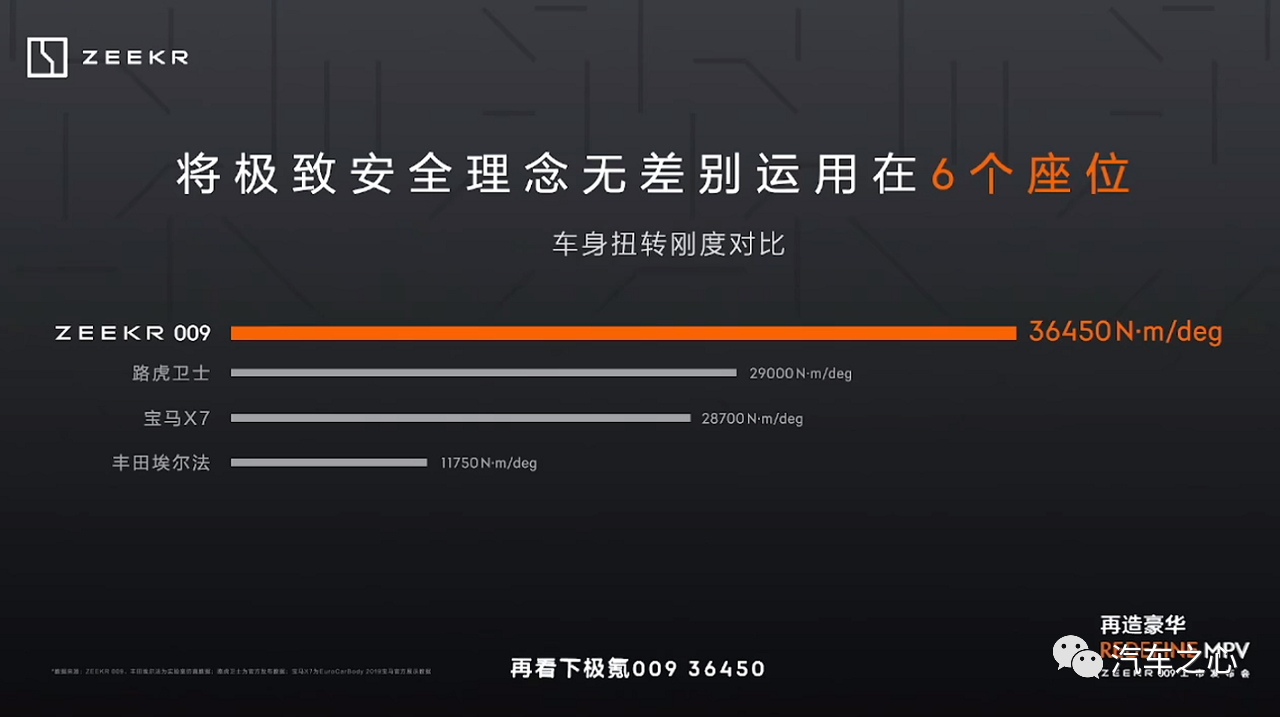
At the weakest point of the traditional MPV, JiKe from material innovation to production invested a total of 1.3 billion yuan to build the world’s largest mass-produced 7200-ton giant die-casting machine, successfully creating the world’s largest one-piece die-casting rear aluminum body for JiKe 009.
Compared with Tesla’s previously largest 6100-ton giant die-casting machine in the industry, JiKe broke the record for giant die-casting machines.
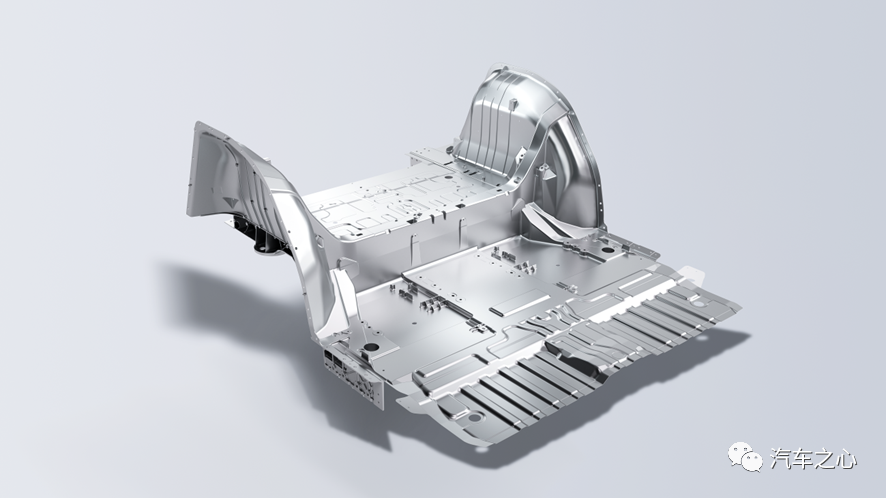
As a result, JiKe 009 reduces nearly 800 welds at the joints, the deformation amount can be reduced by 16% when impacted, and the bending rigidity is improved by 11%. In order to solve the high maintenance cost problem after one-piece body collision, JiKe 009’s one-piece rear aluminum body adopts a four-segment collision partition strategy, and sets up two demountable buffer structures for collision, reducing the maintenance cost for users after collision.
In terms of active safety, JiKe 009’s intelligent assisted driving system is equipped with 24 perception hardware components:
- 7 high-definition cameras with 8 million pixels (farthest distance of 600m);
- 4 2-million-pixel panoramic cameras;
- 1 long-range millimeter-wave radar (detection distance of 250m);
- 12 short-range ultrasonic radars.
Like JiKe 001, JiKe 009’s intelligent driving adopts Mobileye’s solution, which is based on the Super Vision architecture created by Mobileye based on two EyeQ5H chips.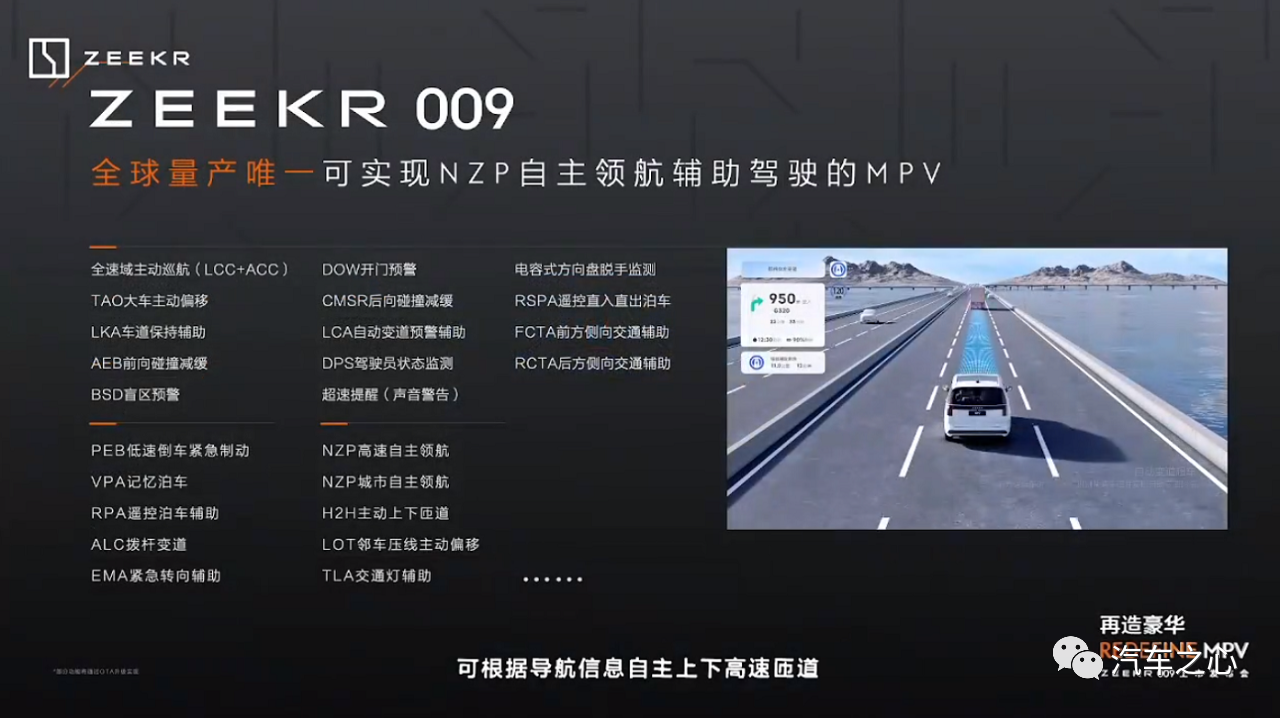
Therefore, the Zeekr 009 is currently the only mass-produced MPV in the world that can realize NZP autonomous navigation assistance, including autonomous entry and exit from highways, cruise control, lane changes, interchanges, and other functions. Additionally, it has the “antelope avoidance” function, which covers pedestrian avoidance, large vehicle avoidance, and roadside obstacle avoidance, among others.
However, most of these functions will be gradually pushed through OTA updates later.

During an interview after the conference, An Conghui confirmed that the Zeekr NZP high-speed navigation assistance system will be rolled out in January 2023 and is currently in the internal beta stage. This also means that Zeekr 009 will likely be able to use the NZP high-speed navigation assistance right after delivery.
In terms of intelligence, the Zeekr 009’s cabin has also achieved mainstream configuration standards.
With the support of the Qualcomm 8155 cabin chip, the Zeekr 009’s cabin can achieve five-screen linkage:
- 10.25-inch high-definition instrument panel screen
- 15.4-inch central control screen
- 15.6-inch central ceiling screen
- Two Smartbar intelligent screens on the second-row door panel

In addition, the Zeekr 009 supports the fusion of three terminals: the car terminal, the digital TV terminal, and the mobile terminal, and it supports four interaction methods: touch control, voice control, remote control, and behavior recognition.Overall, Zeekr 009 mainly addresses the needs and pain points of traditional MPV, with almost luxurious configurations, an acceleration time of 4.5 seconds per hundred kilometers and the main highlight being the SAE architecture. The integrated casting and Kirin battery are a bonus, and its intelligent features outshine traditional MPVs.
Of course, with a starting price of nearly 500,000 yuan, Zeekr 009 is not cheap. However, if we focus on the 500,000 to 600,000 yuan pure electric MPV market, Zeekr 009 currently occupies a blank space for many domestic brands, which is its first-mover advantage.
Why does Zeekr launch MPV?
The middle-to-high-end MPV market, which used to be a small-share category, has become a fiercely competitive battlefield in the Chinese auto industry. This may be surprising to most people.
Apart from MPV models currently on the market, such as Zeekr 009, DENZA D9, Voyah Dreamer and Hongqi HQ9, including Great Wall’s WEY, NIO, Ideal, BYD and AIWAYS, have included MPV models in their product line.
Prior to this, there were very few new energy players on the MPV track.
The reason is not hard to find. Traditional models are diverse, complete and, to some extent, enjoy the first-mover advantage, which dominates market development in the long term. Faced with a stagnant sedan and SUV market, only the blank market of MPV can be seen as an opportunity to turn the tide.
However, from the current market perspective, entering the MPV field is not a safe choice.
According to data from the China Passenger Car Association, the cumulative sales of MPVs in 2021 totaled 1.055 million, accounting for only 5.01% of the total retail sales of passenger cars for the year, marking the fifth consecutive year of decline in MPV market share.
Overall, after reaching its peak sales of 2.497 million in 2016, the MPV market has been declining since 2017, and there is still no sign of a rebound.The domestic MPV market in China continues to decline this year, with the cumulative retail sales of MPVs from January to September 2022 reaching 688,000 units, a year-on-year decrease of 15.1% compared with 811,000 units in the same period last year. Compared with the peak in 2016, MPV sales have declined by more than 50%.
Undoubtedly, the current MPV market is a very narrow segment that is continuing to shrink. However, what motivates most automakers, including extreme technology startups, to enter the MPV market?
— The gamble on the new energy vehicle trend sweeping through the MPV category, as well as the opportunity to enhance brand profitability.
According to data from the China Passenger Car Association, in the 1.055 million MPV sales in China in 2021, pure electric MPVs accounted for 29,000 units, a year-on-year increase of 184.7%, and plug-in hybrid MPVs sold 6,279 units, a year-on-year increase of 33.7%. Natural gas and fuel cell models sold only 127 and 9 units, respectively.
If we exclude the natural gas and fuel cell powertrain models, the sales of new energy MPVs in 2021 were 35,000 units, a year-on-year increase of 137.5%.
This also means that in the overall shrinking MPV market, new energy MPVs are growing against the trend.
The new energy MPV market is actually built on top of the red sea of fuel-powered MPVs. Like other categories of electric vehicles, it is still fighting for a share of the fuel-powered vehicle market.This market potential is irresistible to any competitor.
Cui Dongshu, Secretary General of CPCA, once believed that the national policy of allowing three children per family would make the car market demand more diversified, but the growth of seven-seater cars is limited.
On the other hand, the MPV market had a glorious moment in 2016 with a year-on-year growth of 25.8%. The main reason was that China fully liberalized its two-child policy in 2015, and various manufacturers launched a large number of new MPV models. However, because most of the models launched at that time were middle-to-low-end models, they could not provide a comfortable user experience, nor meet the requirements of both commercial and household use. Therefore, after 2017, the sales volume of MPVs has declined for five consecutive years.
As numerous models on the market have disappeared, only joint-venture models such as GL8 and Odyssey have remained, which has also led to the MPV market being dominated by SUVs.
Nowadays, with the comprehensive and full opening of the three-child policy in China, consumers’ demand has also changed, and the market urgently needs a high-end MPV with excellent experience, quality, and price.
Taking Toyota Sienna, which currently has the highest sales volume of fuel MPVs, as an example, as of October, the cumulative sales of Sienna have exceeded 50,000 units. Among them, the sales ratio of the mid-to-high-end versions priced above RMB 350,000 is as high as 86%, and the sales ratio of the top version (priced at RMB 405,800) is as high as 37%, which has become the dark horse of MPV market sales and the most threatening opponent of Buick GL8, the leader in the mid-to-high-end MPV market for many years.
Reflected in the overall sales data, in 2021, MPVs priced above RMB 200,000 accounted for 41.5% of the entire subdivided market, with an average selling price of RMB 175,000.
 In the first quarter of 2022, the cumulative sales of MPVs reached 206,000 units with an average price of 204,000 yuan, a year-on-year increase of more than 10%. Among them, the sales volume of MPVs priced above 200,000 yuan was 102,000 units, a year-on-year increase of 11.1%, accounting for nearly 50% of the entire MPV market segment. At the same time, the sales volume of low-end MPVs priced below 140,000 yuan decreased by 27.6% year-on-year.
In the first quarter of 2022, the cumulative sales of MPVs reached 206,000 units with an average price of 204,000 yuan, a year-on-year increase of more than 10%. Among them, the sales volume of MPVs priced above 200,000 yuan was 102,000 units, a year-on-year increase of 11.1%, accounting for nearly 50% of the entire MPV market segment. At the same time, the sales volume of low-end MPVs priced below 140,000 yuan decreased by 27.6% year-on-year.
The data shows that the mid-to-high-end MPVs are the true hotspot of the MPV market.
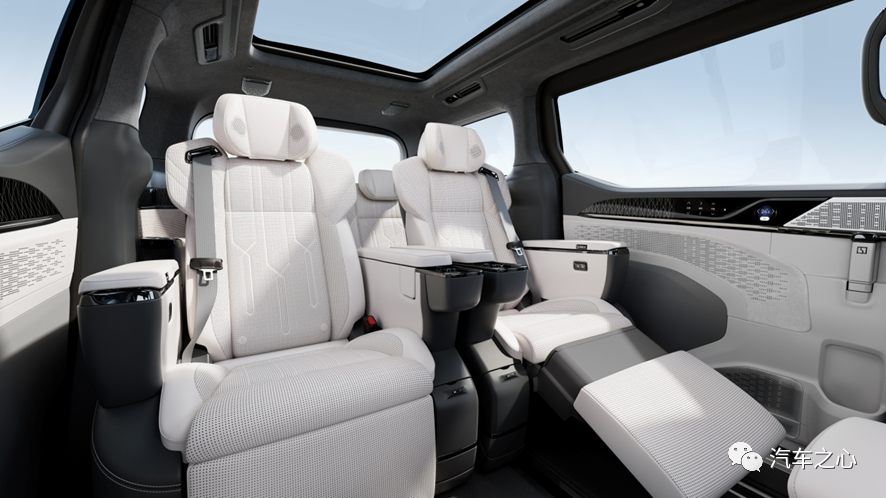
In the past, due to the influence of technology and brand influence, domestic brands almost gave up on the mid-to-high-end MPV market. Now, with the help of new energy, domestic brands are resolutely taking a “bold gamble” and betting on high-end electric MPVs.
Of course, if it is only a bet on the new energy high-end MPV market, it is obviously a choice without turning back. The Zeekr 009 will not do this multiple choice question.
This can be seen from An Conghui’s emphasis on “Zeekr 009 is also one of the best six-seater luxury cars”.
An Conghui believes that after entering the era of intelligent electric vehicles, Zeekr 009 not only has the space of an MPV, the powerful off-road and safety of an SUV, but also the handling of a sports car. Therefore, Zeekr 009 also targets the market demand for six-seater, luxury, and large space.
From the market sales analysis of car fans, it can be seen that consumers regard the ideal L9 as a probable competitor of Zeekr 009, besides MPV models in the same category.
Undoubtedly, there are competitive opponents in the market that can be comparable to Zeekr 009 in terms of configuration, price, and strength, of which the Ideal L9 is the closest and strongest opponent.
Zeekr, showing a “dark horse posture”On October 31st, Geely announced that it had submitted a proposal to the Hong Kong Stock Exchange regarding the suggestion to split off its non-wholly-owned subsidiary Jikr and list it independently.
In fact, Jikr is not the only attempt Geely has made in the field of new energy vehicles. Geely has launched multiple new energy vehicle brands including Geometry, Maple, and Lynk & Co, covering high-end, mid-market, and low-end segments of the new energy vehicle market, but these brands have not gained much traction in the market.
With the full support of Geely in terms of manpower, resources, and finance, Jikr has achieved some success in the market since its launch and has become an important flag for Geely’s entry into the new energy vehicle market. Public information shows that Jikr 001 officially started deliveries in October 2021 and as of October 2022, a total of 55,600 vehicles have been delivered.
Of these, 10,119 vehicles were delivered in October 2022, breaking the milestone of the first-month delivery of over 10,000 vehicles, with an average order amount of more than RMB 336,000.
According to An Conghui, there are still about 45,000 big orders for Jikr 001.
This also means that if we disregard the issue of Jikr’s production capacity, with nearly 40,000 vehicles delivered from January to October 2022 and the current pending orders, Jikr will be able to approach the market accumulation of established new players like WM Motor over the first complete year of delivery.
By comparison, in 2021, WM Motor had accumulated deliveries of 91,429 units, 98,155 units, and 90,491 units, respectively.
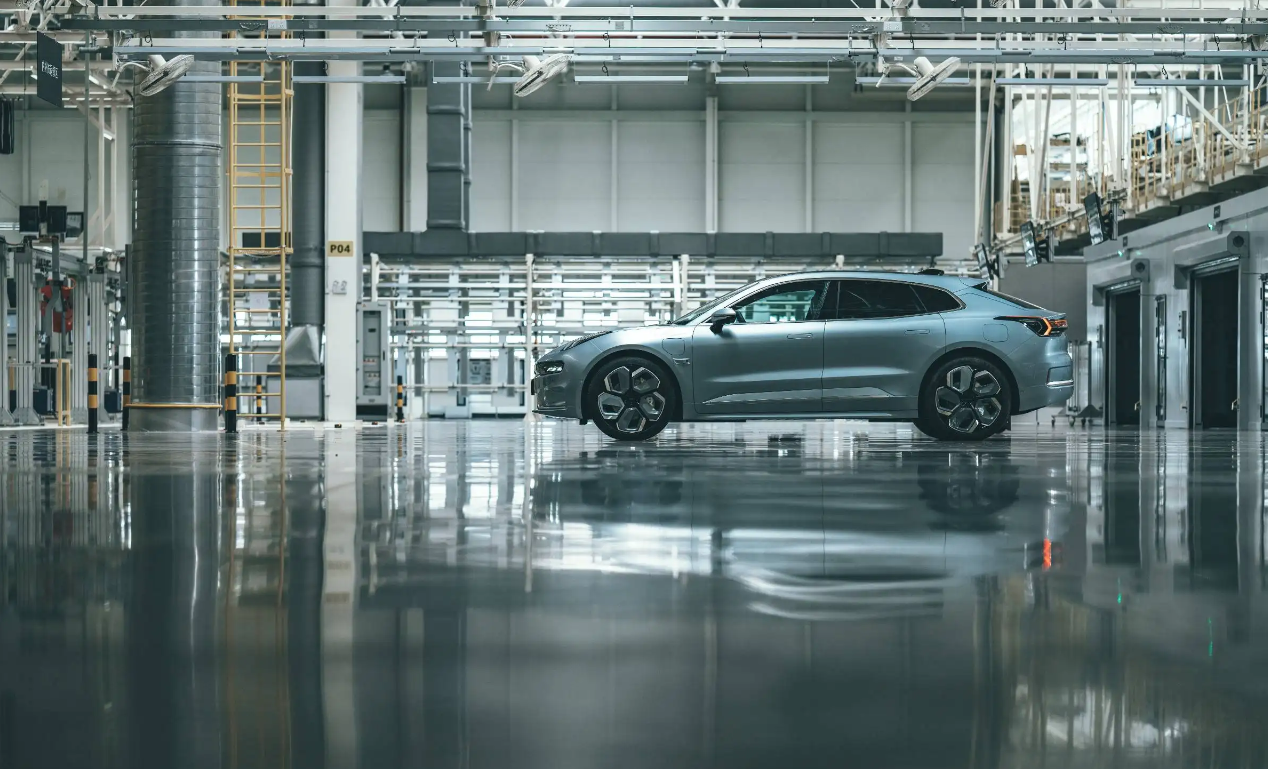 Objectively speaking, with sustained popularity and good sales, JiKe has become a “dark horse” in the 2022 new energy vehicle “battle.”
Objectively speaking, with sustained popularity and good sales, JiKe has become a “dark horse” in the 2022 new energy vehicle “battle.”

From hunting style coupes to luxury pure electric MPVs, all are extremely niche markets, and even two models cannot form a market complementarity product system. However, this does not mean that JiKe does not understand car manufacturing or user needs.
On the contrary, based on forward-looking insights into the market, JiKe is attempting to lead the “third lane” in a unique way.
In Geely’s more than 30 years of car manufacturing history, its team has experienced the process of every car product from scratch, from the details of product design to integrated production, evidently having full autonomy in car manufacturing.
JiKe 001 is a car that combines the advantages of sedans, wagons, and SUVs. It has space, speed, handling, and comfortable luxury. Even though JiKe officially categorizes it as a niche hunting-style car, it does not interfere with JiKe 001’s ambition to touch mainstream sedans and SUVs’ territories.
The market has proven that JiKe 001 is a competition that cannot be avoided in the SUV market with a price range of 300,000 to 400,000 RMB.
JiKe’s first model did not choose to enter the market like most new car manufacturers, by making an SUV. Instead, it chose a niche hunting-style car, clearly wanting to establish its own advantages in the electric vehicle driving experience from the current market’s monotonous aesthetic fatigue. When a niche model can also undertake the task of achieving high volumes, JiKe’s brand is established.
In addition to this, JiKe will focus on the Z, C, M three product lines over the next two years and form coverage of sedans, SUVs, and MPVs in each segment respectively.
- Z product line: DC1E (JiKe 001), EF1E (JiKe 009)- C product line: BX1E (mid-size SUV, to be launched in mid-2023), CS1E (sedan, to be launched in the second half of 2023)
- M product line: CM1E, CM2E (autonomous driving models)
Compared with traditional automobile companies that focus on product development and manufacturing, what sets Zeekr apart is its “smiling curve” architecture, with research and development on one end and sales on the other, while procurement, production, and logistics rely on Geely’s existing system to ensure cost and efficiency.
To An Conghui, this is “a necessary revolution for a user-oriented enterprise.”
However, the attempt to create a user-oriented enterprise is undoubtedly a huge challenge for Zeekr. An Conghui always believes that Zeekr is not perfect and has both good and constantly improving aspects. Working with users to create products is Zeekr’s mission.
As An Conghui said, “If in the past, users could only use what was given to them, now products should be what users expect. The product must be both, and even more than that, to subvert any category’s existing pattern.”
In a previous interview, An Conghui said, “In the era of new energy, the role played by automobile companies is completely different from the past, and what he and Zeekr are doing is facing this difference head-on.”
As an entrepreneur who has spanned two eras of the automobile industry, he is seeking the next foothold amid the changing times, and this attitude of reverence has helped Zeekr find a different path among the new brands of independent automobile companies.
Looking back today, Zeekr’s third way is one of the most promising brands in terms of brand, reputation, and market performance.
This article is a translation by ChatGPT of a Chinese report from 42HOW. If you have any questions about it, please email bd@42how.com.
